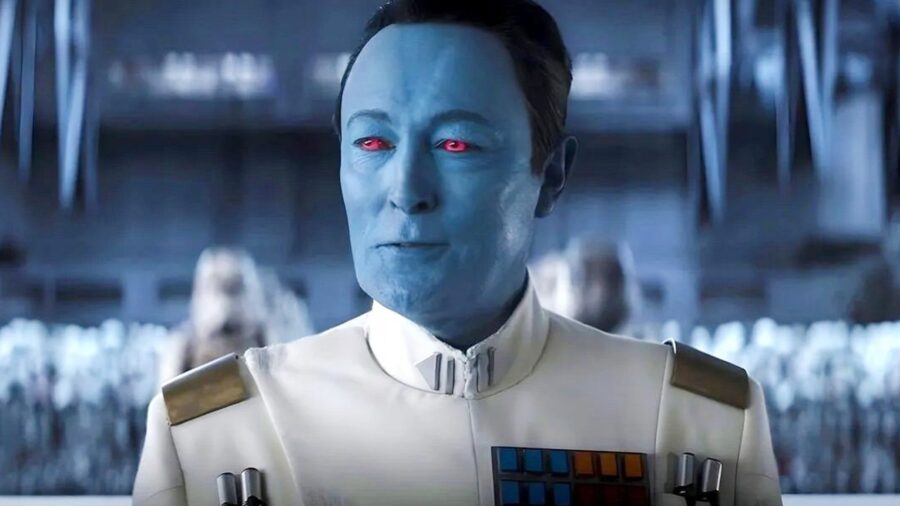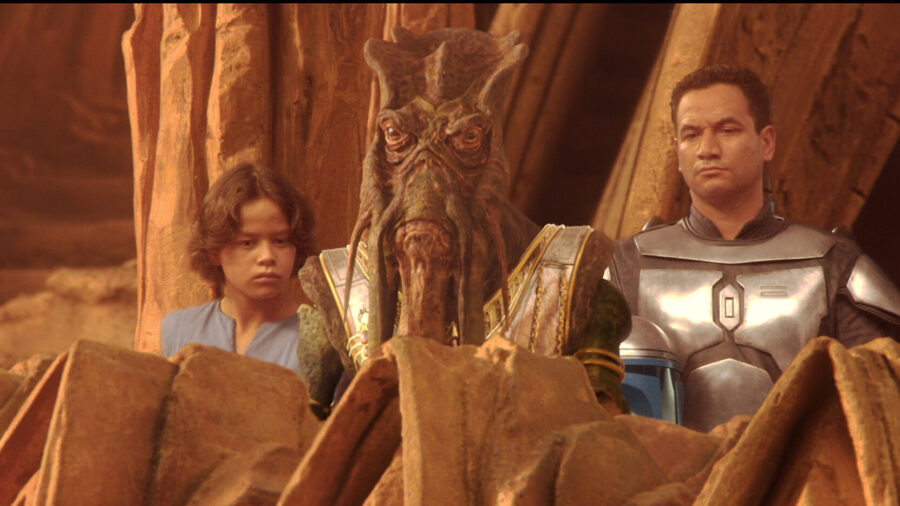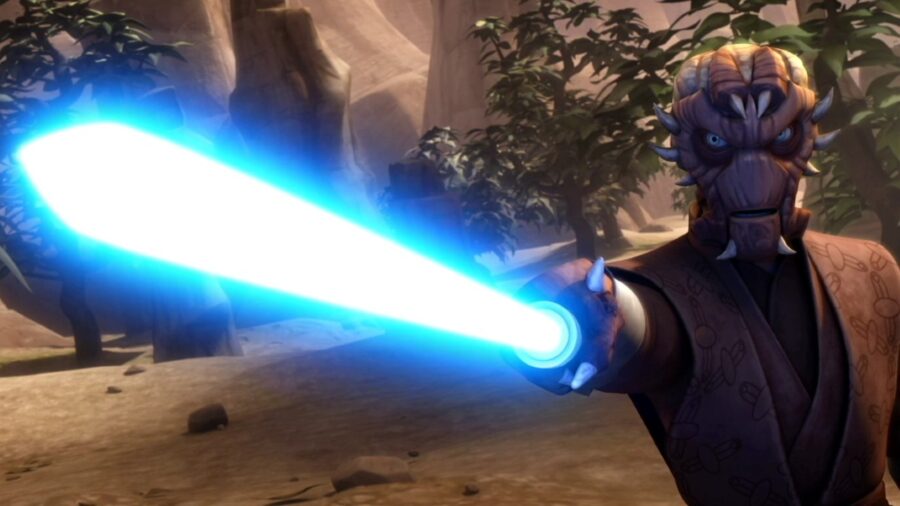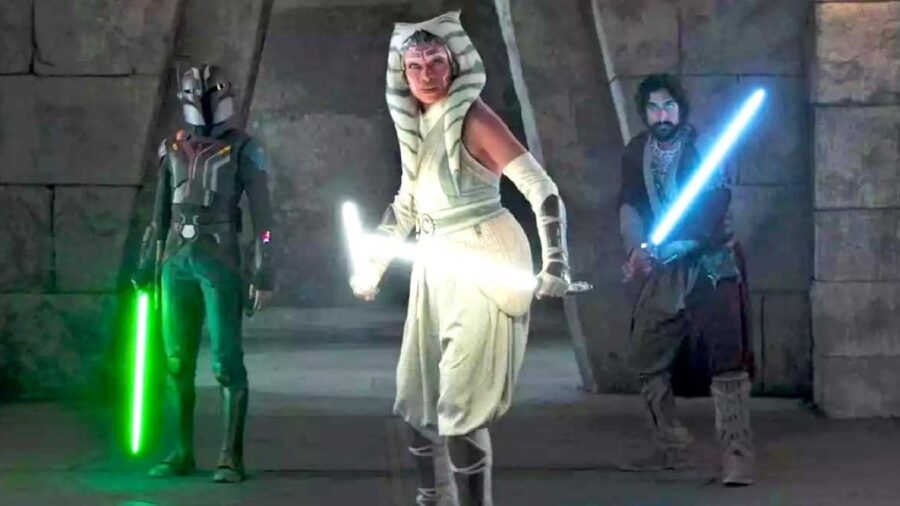Star Wars Canon Used To Have A System That Worked

Star Wars canon before the Disney era was messy. You’ll often hear a newer fan tell an older fan critical of the new stuff that Legends was never canon. Unfortunately, when it comes to Star Wars pre-2012, it’s not that cut and dry. Lucasfilm used to have a canon hierarchy, and believe it or not, it worked pretty well.
Coordinating The Expanded Universe

The early days of the Star Wars expanded universe was like the Wild West. Nobody coordinated with anyone else, and comics, novels, and cartoons all contradicted each other. Starting with the Heir to the Empire trilogy in the ’90s, Lucasfilm made a concerted effort to get everyone on the same page regarding canon.
For a while, everything was good. It was generally assumed that everything Star Wars from 1991 was canon unless directly contradicted by George Lucas himself. And why would George need to get involved? He made his three movies, and he was done.
George Makes Some Changes

Or so we thought. First came the Star Wars Special Editions with their minor retcons. For example, The Max Rebo band was no longer a three-piece ensemble, but thanks to the Special Edition of Return of the Jedi, a big band with backup singers and everything.
The most controversial change was Greedo shooting first, but otherwise, fans were OK with the Special Editions’ changes to Star Wars canon.
But then the prequels came along, and Daddy George decided to change some stuff.
The Sith now followed something called the Rule of Two, and Boba Fett was a clone. Several things from the EU clashed with George’s new films, so Star Wars canon got a bit complicated.
Canon Levels

To make sense of things, somebody at Lucasfilm came up with a great idea. There would now be levels to Star Wars canon. While the actual movies would still be considered gospel, the rest were broken down into tiers, where some projects were considered more canon than others.
The first level of the Star Wars canon hierarchy was G-Canon for George—although it could just as easily have stood for God.
As the creator of the entire franchise, it would only make sense that material created directly by Lucas would take precedence. Aside from the then six films, G canon originally included the Star Wars novelizations, scripts, and even the radio plays of the first three movies.
T And C

Interestingly, television was given its own place in the hierarchy before Disney took over. T-Canon, or Television canon, would include The Clone Wars and was pretty much just as official as G-Canon. The only one allowed to contradict Star Wars’ T-Canon was George Lucas himself.
C-Canon or Continuity canon was most of the Expanded Universe from ’91 on. George called it “quasi-canon” and called it an alternate universe.
While it may have been third in line, C-Canon was genuinely considered actual canon unless otherwise contradicted by TV or film. George and other creators like Dave Filoni sometimes drew from C-Canon when creating new movies and shows.
S, N, And I

S-Canon or Secondary was for the older stuff—stuff like the Marvel Star Wars comics from the ’80s that would be too difficult to fit into the main continuity. Interestingly, despite T-Canon’s existence, both the Droids and Ewoks cartoons belonged to S-Canon.
This was most likely due to the low priority cartoons given to continuity at the time.
N-Canon or Non-Canon was mostly used for fan fiction and a few select publications, such as the Star Wars Infinities comic books.
Infinities was basically the Star Wars equivalent of Marvel’s What If? Series, so it made sense for it not to be considered canon.
Disney

Now that Disney owns Star Wars, the canon question has become much more streamlined: everything Disney makes is canon, and everything before that is Legends.
While that can suck for people who named a pet or even a child after their favorite EU character, the important thing to remember is that it’s all make-believe.
Star Wars is, at its heart, a fairy tale, and fairy tales don’t concern themselves with canon. They grow and change as they’re told and retold to generation after generation. Right now, Disney is telling their version of the fairy tale, but we’re free to go back and re-visit the earlier tales whenever we want.













